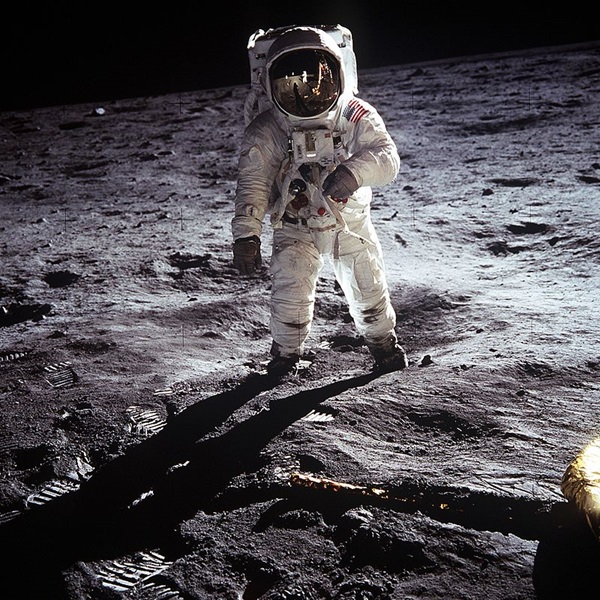The Moon has been a constant in the sky, but have you wondered just how old it actually is? A team of researchers at UCLA wondered that exact thing and conducted a study to find an exact age and found the Moon is as much as 140 million years older than we’ve previously known. This moves the potential age back to 4.51 billion years old.
The team studied zircons, or minerals from the Moon, brought back from the Apollo 14 mission in 1971. In 2016, a UCLA research team reported that the collision between the Earth and planetary embryo Theia was a violent, head-on collision that resulted in the creation of the Moon.
Mélanie Barboni, a research geochemist in UCLA’s Department of Earth, Planetary and Space Sciences and lead author on this study, said in a press release that looking for the age of the Moon has been difficult because “whatever was there before the giant impact has been erased.”
To find some answers, Barboni studied eight zircons in a lab at Princeton using a mass spectrometer.
“Zircons are nature’s best clocks,” Kevin McKeegan, a UCLA professor of geochemistry and cosmochemistry, and a co-author of the study said in the press release. “They are the best mineral in preserving geological history and revealing where they originated.”
The Moon was initially covered in a magma ocean after the collision between Earth and Theia, which later cooled and became the Moon’s mantle and crust. To see when that happened, Barboni studied the uranium zircon and how it had decayed to lead. To figure out when the magma itself formed, she studied the lutetium zircons and how it decayed to hafnium.
“Mélanie was very clever in figuring out the moon’s real age dates back to its pre-history before it solidified, not to its solidification,” said Edward Young, a UCLA professor of geochemistry and cosmochemistry and a co-author of the study.
These findings were published in the Science Advances journal on January 11, 2017. The team is still studying the zircons to find more information about the early ages of the Moon.










